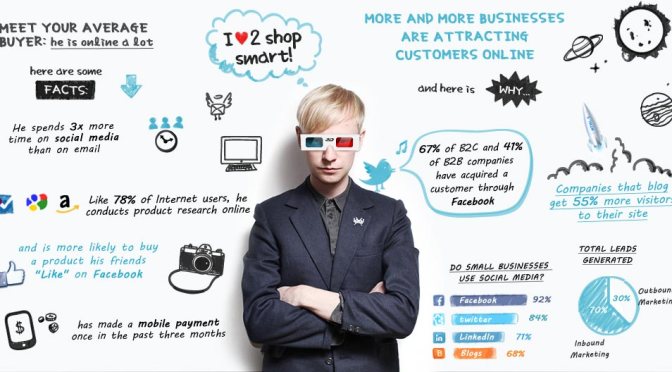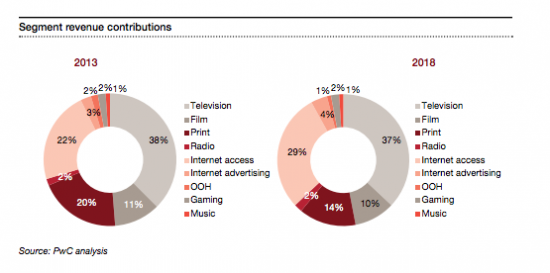Facebook’s long-awaited Google AdSense competitor is finally here. It’s called Atlas, and it will allow brands to use the social network’s massive trove of data to target ads on sites across the web.1
Facebook announced the news late Sunday night to coincide with the start of Advertising Week in New York City. For other brands hoping to make headlines at Advertising Week, Facebook’s news will be a tough act to follow. Investors and the media have been waiting for an announcement like this for years.
In January, Facebook took its first steps in this direction launching a network that could serve up ads within mobile apps. But the launch of Atlas symbolizes a deeper commitment to controlling the web’s ads—and an even fiercer fight with Google for that control.
Atlas is not a new platform, per se. Facebook acquired the product from Microsoft last year. But according to a blog post from Erik Johnson, head of Atlas, the team has rebuilt the platform “from the ground up” in the hopes of making it easier for advertisers to follow a consumer, regardless of what type of device she’s using.
In an apparent dig at Google, Johnson writes that the method advertisers have traditionally used to track consumers—cookies—is flawed, because consumers are no longer using one device at all times. “Cookies don’t work on mobile, are becoming less accurate in demographic targeting and can’t easily or accurately measure the customer purchase funnel across browsers and devices or into the offline world,” Johnson writes. He offers “people-based marketing,” that is, marketing based on Facebook’s data, as the solution. It can not only track users between devices, but it can also connect online campaigns to offline sales to determine how effective a given campaign really was.
In the announcement, Facebook said it had already signed a contract with Omnicom to begin serving advertisements for brands like Pepsi and Intel. Instagram, which of course, is owned by Facebook, is also enabled with Atlas. The company noted in its announcement that advertisers who buy ads on Facebook, Atlas, and Instagram will be able to easily compare the results.
It’s worth noting that even Google has been interested in this people-centric strategy. That was likely the thinking behind the launch of Google+, Google’s own social network. If Google+ had been a true success the personal data it offered would have bolstered Google’s search data to perfect its ads. But, Google+ wasn’t the hit Google had hoped for, primarily because it felt like an also-ran candidate to Facebook.
Facebook is different; it’s already some hybrid of social network and advertising platform. With Atlas, Facebook stands a much better chance of beating Google at its own game.
Of course, this new advertising initiative is not likely to please any of Facebook’s already privacy conscious users. Backlash against Facebook’s existing data collection policies is what has been recently fueling the growth of Ello, a Facebook competitor that vows never to sell user data. The more partners Facebook has within its ad network, the more data it will have at its fingertips.





